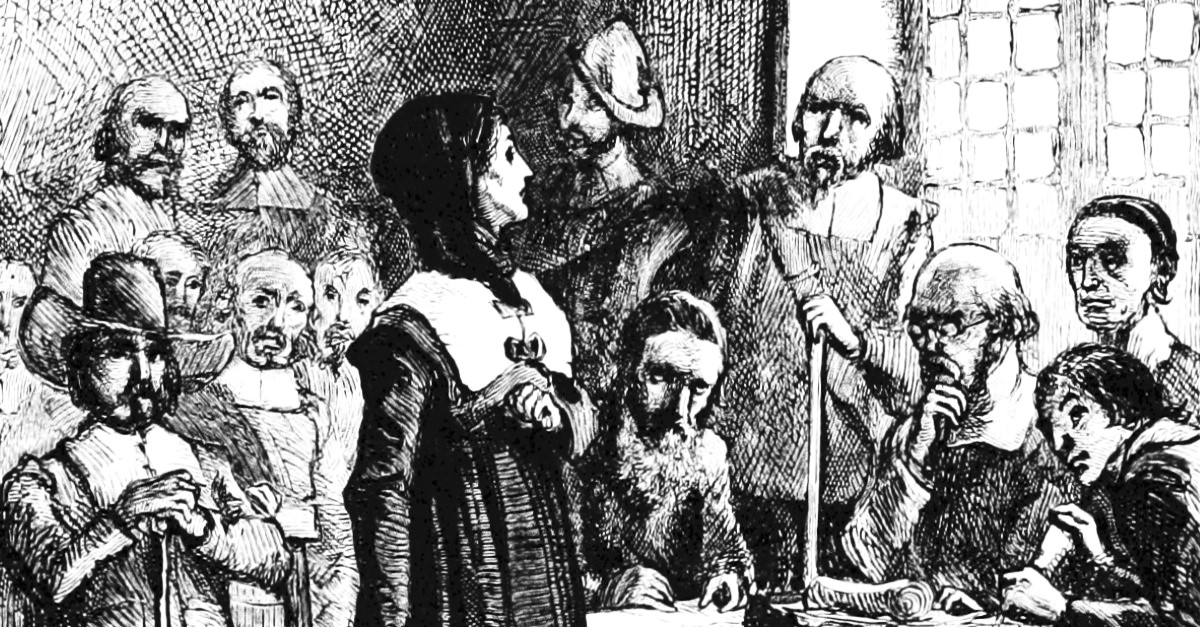
Universities sprang up in Medieval Christendom. Nothing like them had been seen in history, for not only did they concentrate teachers, they embraced the idea of set coursework whose requirements must be fulfilled before a specific degree was awarded. Students were periodically tested before being certified in their chosen subjects. Universities were modeled on guilds which trained and rated apprentices and journeymen and gathered members for mutual protection. The Christian ideal often tends to clump people together for mutual support in a body.
Puritans, many of them university educated in England, brought the idea of a university to New England. "After God had carried us safe to New England, and wee had builded our houses, provided necessaries for our livelihood, rear'd convenient places for Gods worship and setled the Civill Government: One of the next things we longed for, and looked after was to advance Learning and perpetuate it to Posterity; dreading to leave an illiterate Ministery to the Churches, when our present Ministers shall lie in the Dust." These words appeared in a pamphlet titled New England's First Fruits.
In 1635 Salem magistrates convinced John Humfrey to relinquish his interest in 300 acres of land so that they might build a school there. The following year, 1636, the General Court met in October. On this day, October 28, 1636, their fourth day of business, the 36 men of the Court made an important decision. "The court agreed to give 400£ towards a schoale or colledge, whearof 200£ to bee paid the next yeare, and 200£ when the work is finished, and the next Court to appoint wheare and what building." The sum of £400 seems small today, but according to historian Samuel Eliot Morrison, it represented fully one third of Salem's town revenue the year of 1636. No action was taken that year. The Anne Hutchinson controversy and an Indian war intervened.

John Harvard was a wealthy member of the English middle class. The death of most of his family from plague had left him holding the entire Harvard estate. John came to the new world in 1637, apparently to practice his faith in a simpler and more pure style than he felt he could enjoy in the established Church of England. The following year he died of a protracted disease. He willed half his estate and his entire library for the establishment of a college. The prospective school may have received £850, a very large sum by New England standards. God concentrates wealth for a purpose.
In 1639 Salem's leaders met again. In gratitude for Harvard's bequest, they named the college after him. It has become one of the greatest universities in the world. Its origin and purpose were entirely Christian. Fittingly, in light of John Harvard's donation of books, it boasts one of the largest libraries in the world, with tens of millions of items.
Bibliography:
- Adapted from an earlier Christian History Institute story.
- Morison, Samuel Eliot. The Founding of Harvard College. Cambridge, Mass., Harvard University Press, 1935.
- Morison, Samuel Eliot. Three Centuries of Harvard. Cambridge, Massachusetts: Belknap Press of Harvard University Press, c1964.
- Various encyclopedia and internet articles.
Last updated July, 2007.







